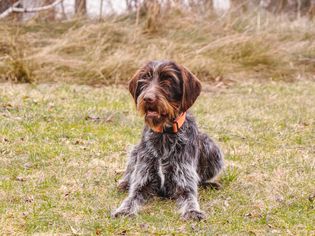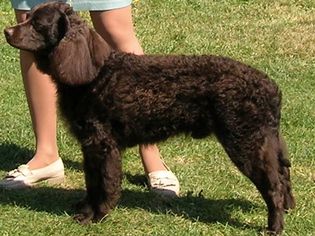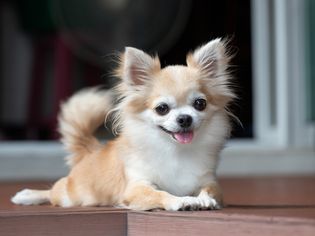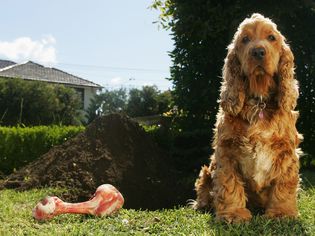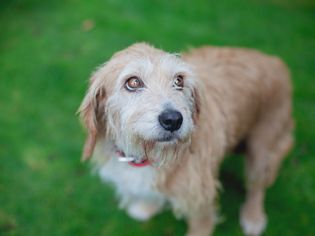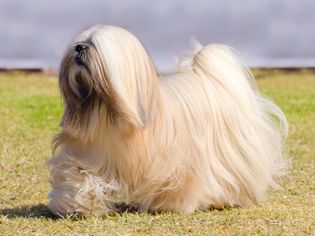The Italian greyhound, also known as Iggy and IG, is a toy dog breed from Italy with a short coat, long neck, and slender legs. These sleek dogs are miniature greyhounds that stand between 13 and 15 inches tall.
They were bred to be companions, and if there’s a warm lap for them to curl up in, that’s where they’ll spend their time. Still, these dogs are quick (they can run up to 25 miles per hour) and nimble with a hound’s hunting instinct, and they love to play, too.
Learn all about the history, temperament, and care needs of the Italian greyhound.
Breed Overview
Group: Toy
Height: 13 to 15 inches
Weight: 7 to 14 pounds
Coat: Short, smooth
Coat Color: Gray, black, fawn, chocolate, tan, cream, red, sable, or a combination
Life Span: 14 to 15 years
Temperament: Affectionate, playful, companionable
Hypoallergenic: Yes
Origin: Italy
Characteristics of the Italian Greyhound
Italian greyhounds generally have a sensitive and sociable personality and are very playful. These little sighthounds are also loyal and love to be around people. They even get along well with other dogs. They crave companionship and do not like to be left alone. For this reason, Italian greyhounds do well in pairs because they can keep each other company.
Italian greyhounds can easily adjust to apartment life, and like to be inside where they can be warm and comfortable. This breed is sensitive to the cold because of the short coat and low body fat. Many people use coats and sweaters to provide extra warmth for their dogs.
Although these dogs are members of the toy group, their size puts them on the larger end of the group’s typical size. They’re also similar in temperament and appearance to the whippet, which is a larger breed that stands 18 to 22 inches tall and weighs up to 40 pounds.
| Affection Level | High |
| Friendliness | High |
| Kid-Friendly | Medium |
| Pet-Friendly | High |
| Exercise Needs | Medium |
| Playfulness | High |
| Energy Level | Medium |
| Trainability | Medium |
| Intelligence | Medium |
| Tendency to Bark | Medium |
| Amount of Shedding | Low |
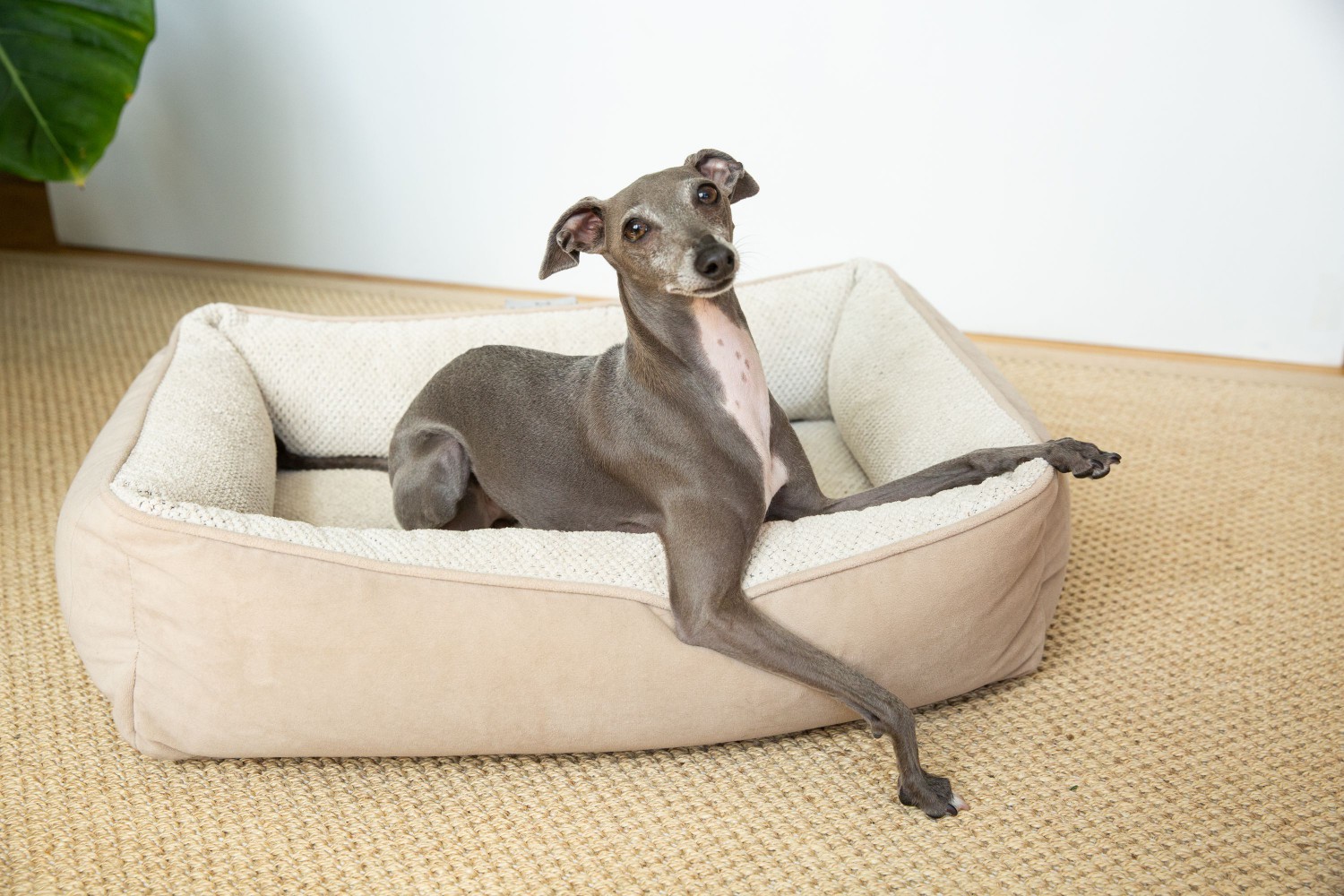
The Spruce / Phoebe Cheong
History of the Italian Greyhound
The Italian greyhound is an ancient dog breed that originated over 2,000 years ago in the Mediterranean region. Artifacts from the area show images of the breed, and the dogs' miniature skeletons have been discovered in archaeological digs. These dogs were likely kept around for both companionship and small-game hunting.
In Renaissance Italy, the breed became a lapdog of the wealthy. It was also beloved by royal families and aristocrats, such as Catherine the Great of Russia, Queen Victoria, and Frederick the Great of Prussia. Many Renaissance-era portraits even depict nobles with their canine companions.
The breed made its way to North America in the 19th century. The American Kennel Club first recognized it in 1886.
Italian Greyhound Care
Italian greyhounds need daily exercise and mental stimulation to get their energy out, and they should receive consistent training and socialization. Their grooming typically is not a huge time commitment due to their short coat.
A common issue with Italian greyhounds is leg breaks because their legs are so slender, so lots of care must be taken to ensure they don’t injure themselves. These dogs are athletic and might hurt themselves when trying to jump over a fence.
Exercise
Italian greyhounds love napping in a cozy spot, but they also need regular exercise to be healthy and happy. Aim for at least an hour per day of physical activity.
Typically, a couple of short walks plus playtime throughout the day should suffice, but this dog will love running, as they can reach up to 25 miles per hour. You also can offer puzzle toys or enroll in dog sports to provide both mental stimulation and physical activity.
Other activities that Italian greyhounds enjoy include:
- Agility
- Rally
- Flyball
- Obedience
- Lure coursing
- Tracking
Don’t forget about this small hound’s high prey drive when heading outside. Always keep them in a securely fenced area or on a leash to prevent them from running off to chase perceived prey, such as wildlife and cats, or even other fast-moving things like bikes and cars.
Remember that this breed is sensitive to cold conditions, so if you live in a cold climate, keep outdoor time brief in chilly weather and provide warmth and protection with dog sweaters or coats.
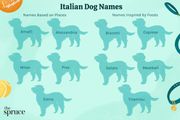
Grooming
Italian greyhounds are low-shedding, hypoallergenic dogs. Use a grooming mitt on the Italian greyhound’s short, smooth coat roughly every week to remove loose fur and debris and distribute skin oils. The coat typically stays relatively clean, but you can bathe your dog roughly every month, depending on how dirty they get.
Aim to brush your dog’s teeth daily because this breed is prone to dental issues like gum disease. Discuss the need for professional teeth cleanings with your vet as well, as these dogs may benefit from regular cleanings.
Look in your dog’s ears at least weekly for wax buildup and irritation. Check their nails about once a month to see whether they need a trim. This breed has a hare foot, which means the middle nails may be longer than the others.
Training
Always use positive, rewards-based training methods with this breed. Italian greyhounds can be sensitive and stubborn when it comes to harsh corrections, potentially shutting down and refusing to learn. Immediately offer praise and/or a treat for positive behavior, and be consistent with your commands. Aim to begin training from a young age to prevent the development of bad habits.
Moreover, make an effort to socialize your Italian greyhound ideally from an early age. Expose them to different people, other dogs, and various locations. This will help to boost their comfort and make them a more adaptable, well-adjusted dog.
Housetraining your Italian greyhound can be challenging and will require a lot of patience—many of these dogs are surrendered because they aren’t housetrained. Potty pads, doggy diapers, and a doggy door may be helpful.
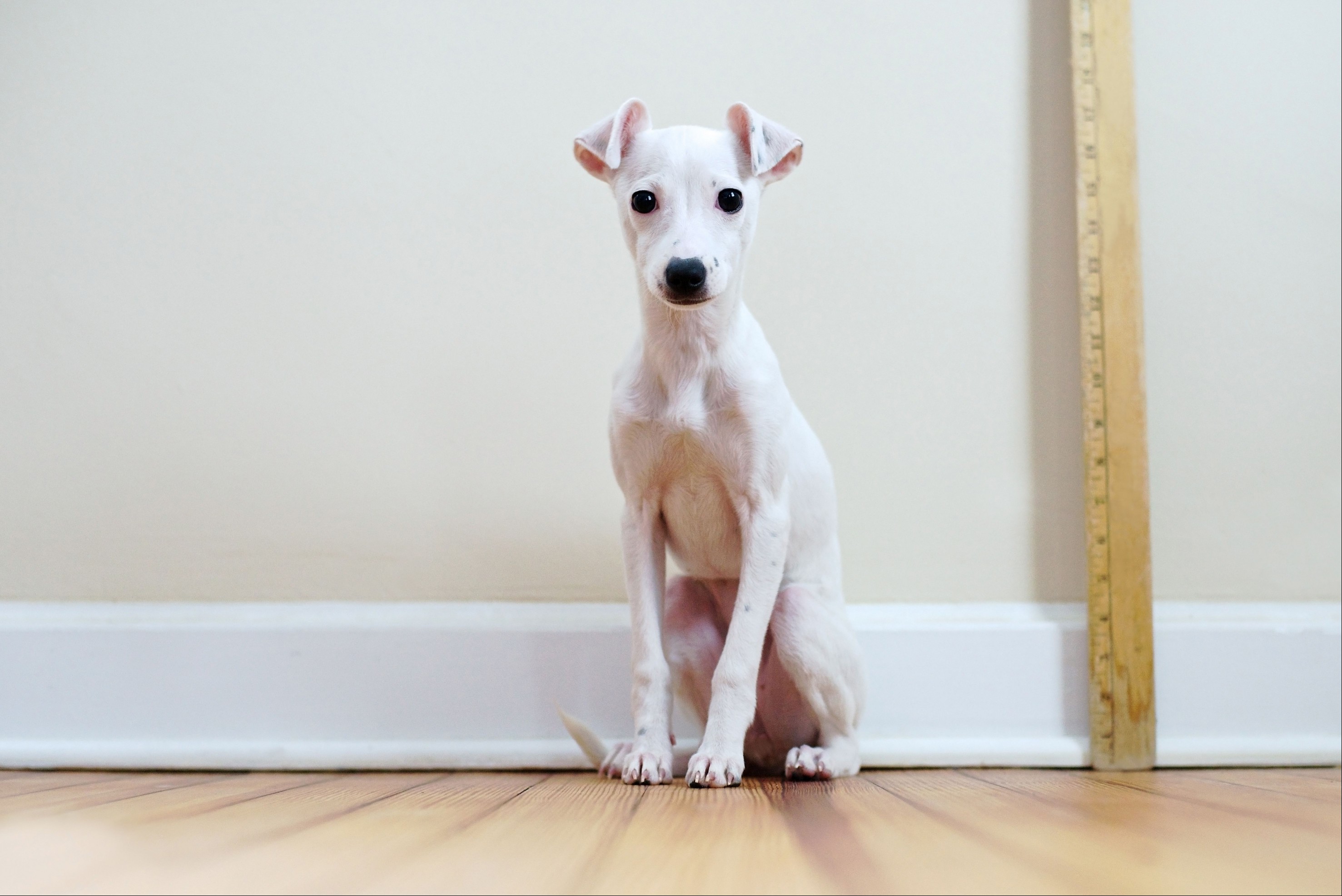
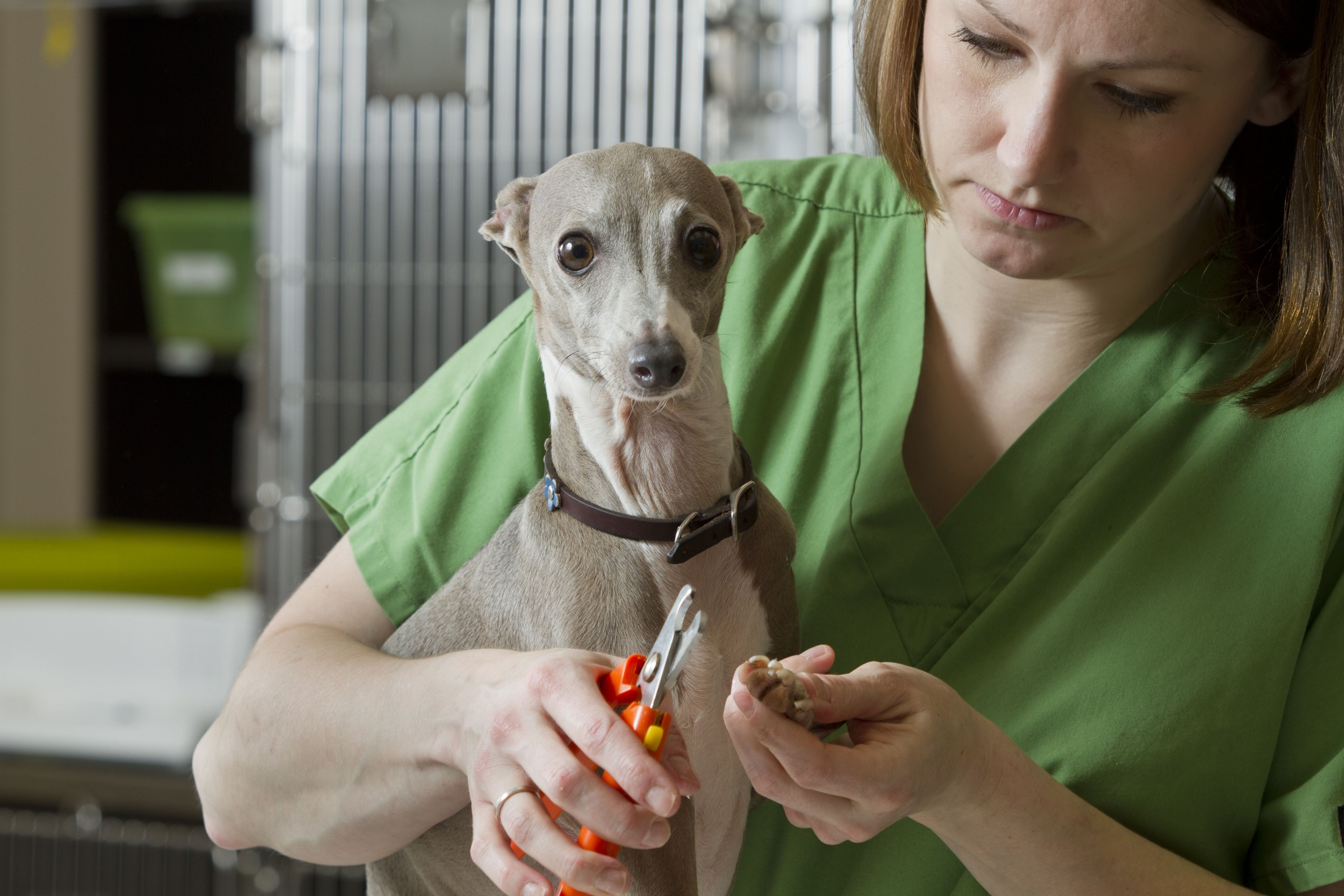
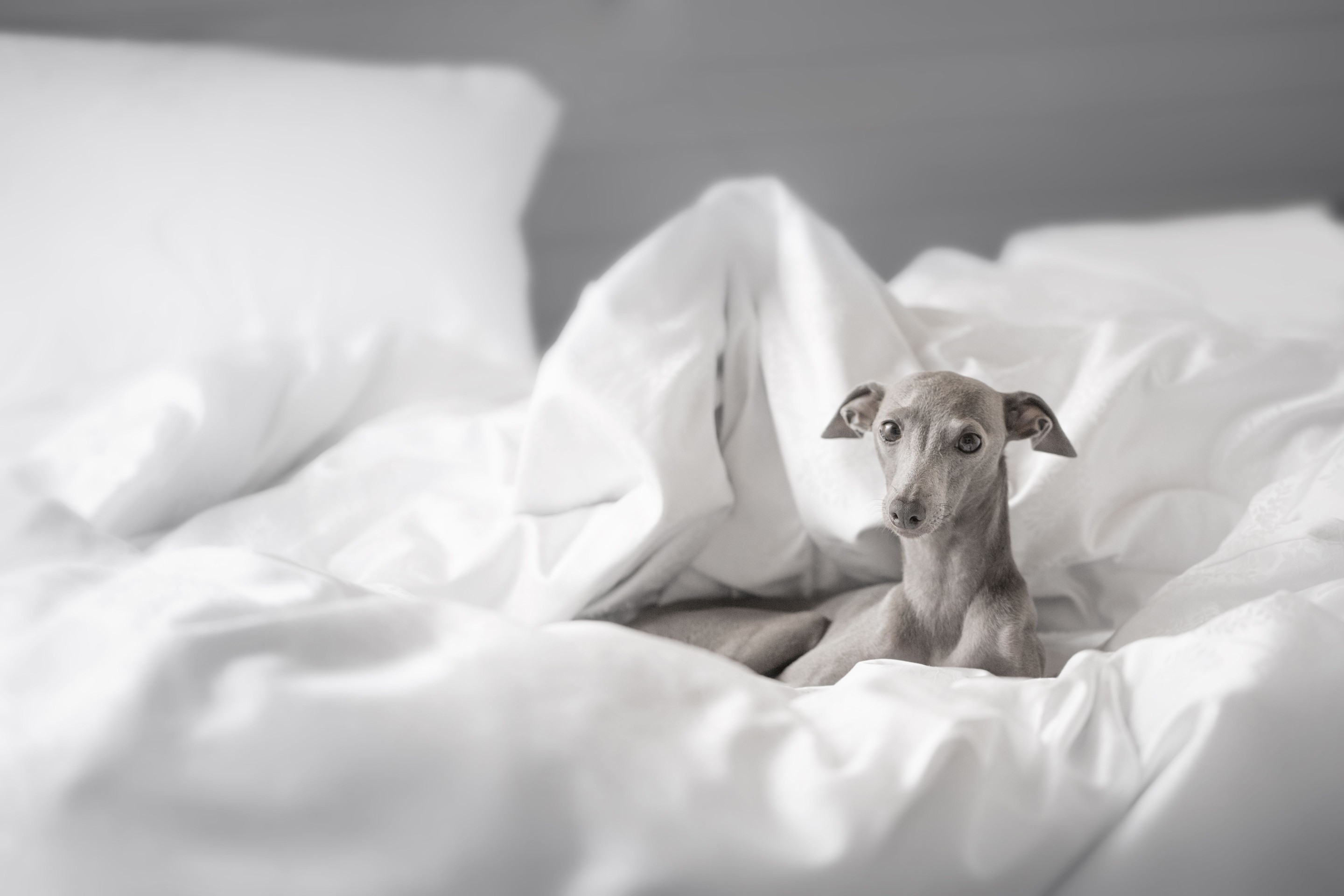
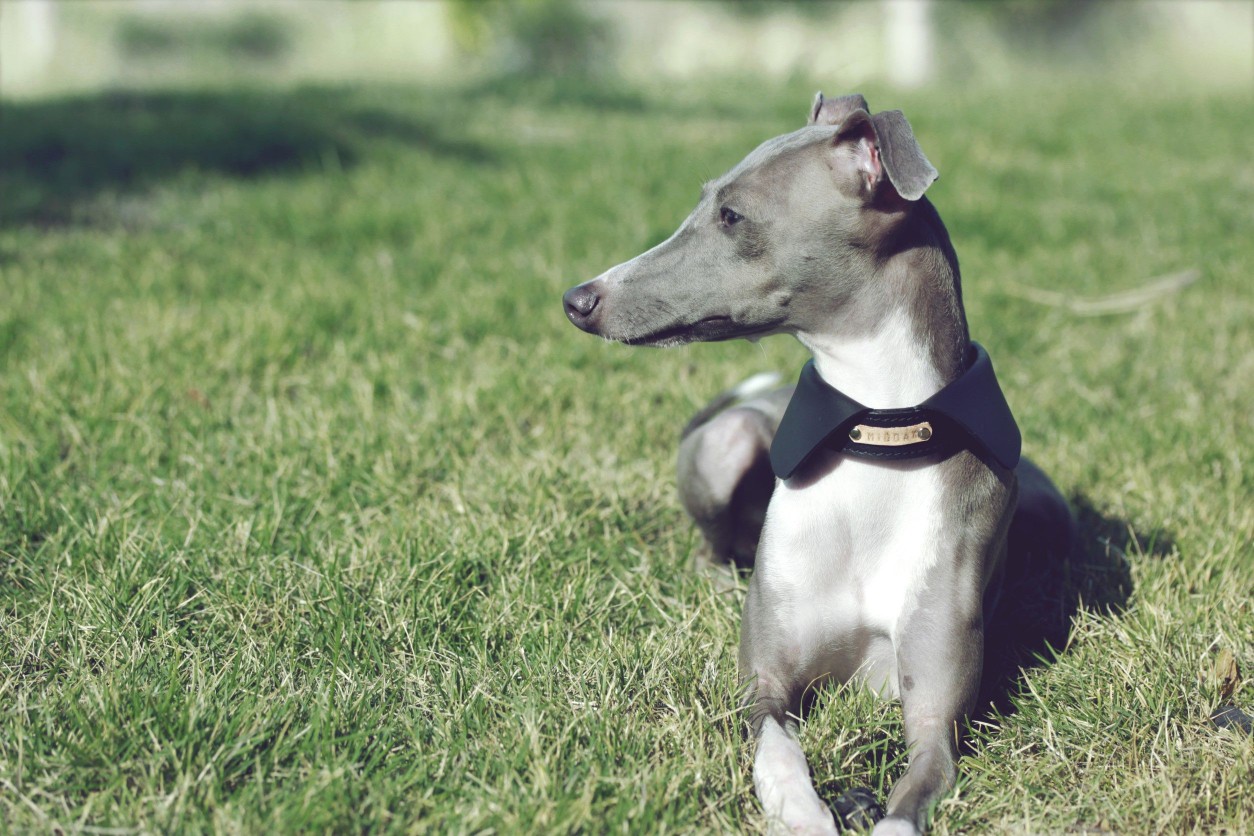
Common Health Problems
Italian greyhounds have a relatively long life span (14 to 15 years), but they are prone to some hereditary health issues, including:
- Progressive retinal atrophy: Also known as PRA, this condition leads to loss of vision over time.
- Legg-Calve-Perthes disease: Also known as LCPD, this is a congenital orthopedic disorder that causes degeneration of the hip joint.
- Hypothyroidism: This condition occurs when the thyroid doesn’t produce enough thyroid hormones.
- Hip dysplasia: Dogs with this condition have hip joints that don’t develop normally, leading to symptoms like pain, difficulty moving, and limping.
- Patellar luxation: This condition causes the knee cap to slip out of place, resulting in pain, inflammation, tears, and damage.
- Dental issues: All dogs can develop problems that affect the teeth and gums, such as plaque and tartar buildup, tooth fractures, gum disease, and infections.
- Autoimmune issues: Italian greyhounds are susceptible to autoimmune diseases that cause the body to attack itself.
- Cataracts: This condition causes the lens of the eye to become clouded, resulting in vision loss.
- Von Willebrand disease: This is a bleeding disorder that adversely affects the blood’s ability to clot.
Diet and Nutrition
Always have fresh water accessible for your dog. Feed a nutritionally balanced canine diet. It’s typical to feed two measured meals per day. But you should always discuss the recommended type and amount of food with your vet.
Monitor treats and other extra food closely to prevent your dog from overeating. Even minor weight gain can be significant for such a small dog and put unnecessary pressure on their joints.
Where to Adopt or Buy an Italian Greyhound
If you’re looking for Italian greyhound puppies from a reputable breeder, expect to pay around $600 to $1,200, though this can vary widely.
Italian greyhounds aren’t a common dog breed, but it’s still worth checking local animal shelters and rescue groups for a dog in need of a home.
For further information on owning an Italian greyhound, check out:
- American Kennel Club Marketplace
- Italian Greyhound Rescue Foundation
- Italian Greyhound Club of America
Italian Greyhound Overview
The Italian greyhound is an adorable little dog with a big personality. Although they can make wonderful companions, there are some challenges that come with owning this breed, such as housetraining difficulties and their intolerance to cold.
Pros of Italian Greyhounds
- Affectionate and family-oriented
- Adaptable to different living situations, including small homes
- Simple grooming needs
Cons of Italian Greyhounds
- Prone to dental problems
- Doesn't tolerate cold weather well
- Can be sensitive and stubborn about training
More Dog Breeds and Further Research
Before bringing home an Italian greyhound, make sure to do sufficient research to determine whether the breed is right for your lifestyle. Talk to breed owners, rescue groups, reputable breeders, and veterinarians. Spend some time around Italian greyhounds, too, if possible.
If you’re interested in similar breeds, check out:
- Greyhound
- Whippet
- Manchester Terrier
There’s a whole world of potential dog breeds out there—with a little research, you can find the right one to bring home!
- Do Italian greyhounds make good pets?
Italian greyhounds that are properly socialized and receive the right training can be great pets. They can also be good for children who understand how to be gentle with them, as rough handling can cause injuries to these little dogs, such as a broken leg.
Are Italian greyhounds high-maintenance?Italian greyhounds aren’t high-maintenance because their grooming needs are straightforward and simple, and they don’t need hours of exercise daily. However, they can be a bit challenging when it comes to training.
Do Italian greyhounds bark a lot?No, Italian greyhounds don’t bark a lot, and they don’t yap like other small dogs. However, they will vocalize to alert you to something or to tell you that they want something.


